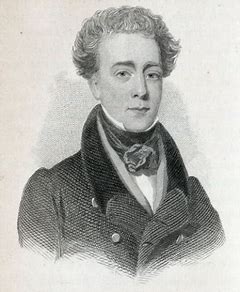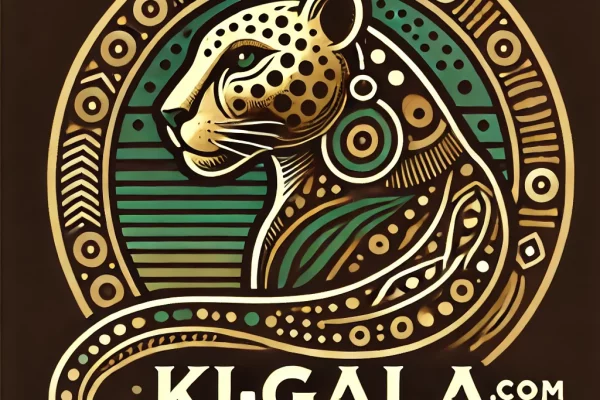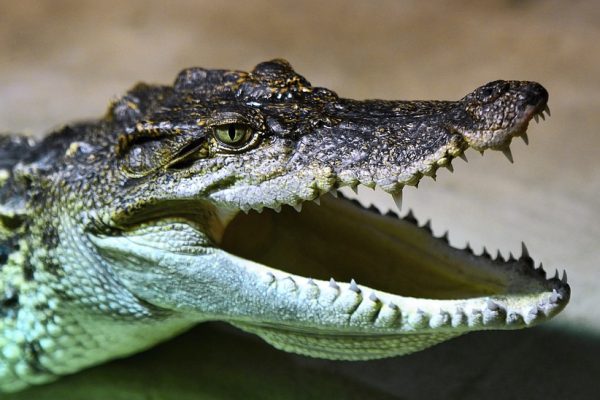Àbùtù Ẹ̀jẹ̀ (c.1597-1627) was the great grand-father of Àtá Áyẹ́gbà and his brother, Átíẹ̀lẹ̀, who founded the Ògwùchẹ́kwọ̀ royal house at Ánkpa, both sons of Ata Idoko Agánápojè. Robert Arthur Sargent, in his doctoral thesis, Politics, Economics and Social Change in the Benue Basin: 1300 – 1700 (1984), recounts an exhaustive political history of Àbùtù Ẹ̀jẹ̀. Between c.1520 and 1550 A. D., he was “the leader of the leopard community,” the Igala component of the Kwararafa multi-ethnic confederacy at Biepi. Prior to that period, the confederacy’s capital had been at Santolo, north of the Gongola River, and, later, in Atagara in the Bornu region from where it migrated southwards to Bíèpì; hence, it is, sometimes, referred to as a peripatetic or itinerant empire, symbolized by a warrior on horse-back. The Kwararafa, as a trading formation, competed with other formations in Kano, Zaria, Bornu, using war and diplomacy. Now, in the Benue Basin, it had posed a threat to the trade fortunes of the illegitimate Bini dynasty which had been monopolizing the north-south and hinterland trade all along.
At Bíèpì (c. 1610 – 1640), Àbùtù Ẹ̀jẹ̀, recognizing his right as “a legitimate contender for the Kwararafa throne,” he contested for its leadership but lost to his Jukun rival, Àdì Àgbú Kènjo, in an exercise he believed was in breach of the confederacy’s constitutional provision on succession. He did not only sever relations with the Kwararafa Kingdom and but also decided to leave Biepi completely. Supported by Adoga Oje, the Idoma group leader, he led a migration comprising the Ígáláà, Ìdọmà, Àlágó, Etulo, Igbira an other groups under a collective name of Idoma Nokwu, Journeying southwards along the River Benue, the refugee group sought an alternative settlement outside the Kwararafa territorial control. Finally, they reached the Agatu area, where they decided to pitch their tents and settle down.
The leaders of the leopard (Igala), Idoma and Alago groups came together to found an Agatu diaspora rotational monarchy, with the title of ‘Àtá,’ which had been in existence as the title of the Igala King at Idah since prehistoric times. Meanwhile, the Kwararafan leadership set its military after the refugees, with a view to coercing them to return to Biepi. According to Sargent, “The attack on Agatu resulted in the death of Abutu Eje,” who was decorated with the title of the “Martyr of Agatu” and was buried in a sacred grove, the Òtutubátu shrine, at Àámagédde “along the banks of the River Benue.” The spot is “still considered an important shrine to the Igala, Idoma and Alago.”
Following the demise of Àbùtù Ẹ̀jẹ̀, Adoga Oje, from the Ìdọma ruling house, succeeded him. The rotational principle had, up to that point, worked very well but, ‘trouble started to brew’ when it was the Alago’s turn to produce a candidate. Ogiri, its candidate was put forward to perform his coronation rites; but he “died even before he was fully installed as king.” His group sought to replace him with a fresh candidate “but the Igala and Idoma objections prevailed.” Even Ata Agoshi, the Bini monarch at Idah, had thrown his weight behind the Alago, favouring the idea of its new candidate, but to no avail. The Alago group severed relations with the Agatu diaspora monarchy and migrated out of Agatu, setting out in the night. They finally got to Doma in the present-day Nasarawa State of Nigeria, where they settled down .and founded a dynasty that has survived till date.









